Snorkelling on the coral reefs at Pigeon Island National Park is absolutely fantastic wherever you are on the islands. But the main attraction is the island’s many juvenile and adult blacktip reef sharks. These sharks are up to five feet long and are reliably seen in an area next to the larger of the two islands, known as Shark Point Reef.
This nonaggressive species seems to be quite accepting of humans in the water, and snorkelers have an almost guaranteed opportunity to see them—sometimes as close as a couple meters away in water as shallow as a meter deep. It is one of the few places where totally inexperienced snorkelers can have as good a chance of a shark encounter as fully qualified scuba divers.
Pigeon Island National Park actually consists of two islands: large and small. It is a marine national park in Sri Lanka located in the general area of the city of Trincomalee and contains some of the best remaining coral reefs of Sri Lanka. Many of the 100 species of corals and 300 coral reef fishes recorded around the area are found in this national park. The coral reef is visited by Hawkesbill Turtle, Green Turtle and Olive Ridley Turtle and the island is important breeding ground for the rock pigeon. The area was badly affected by the Indian Ocean Tsunami in 2004 but has now largely recovered.
Know Before You Go
The map pin shows the best place to enter the water to see the sharks.
The best conditions for snorkelling or diving on this side of Sri Lanka is from late March to Late October.
The Sri Lanka Navy runs a holiday resort for navy personnel families on Nillaveli beach and runs its own boats out to the island which makes it quite busy at times
The nearest town is the tourist town Nillaveli. The national park is situated about 1000 meters off Nillaveli Beach. From here you can take a motor boat out to the island. The boat fee usually includes the entry fee to the national park. Whilst neither are cheap it is certainly good value.
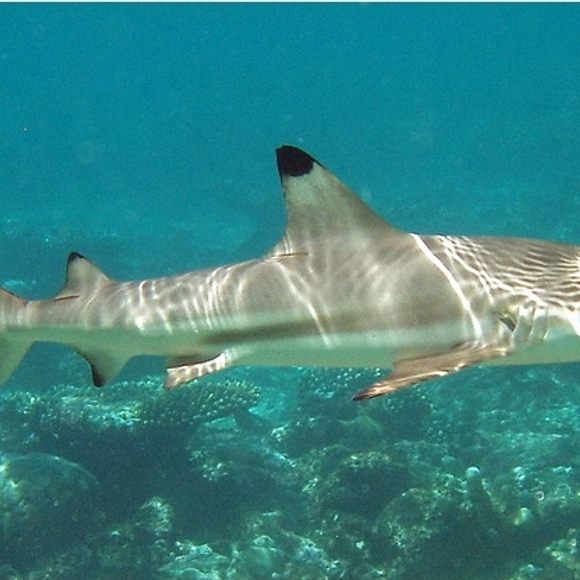

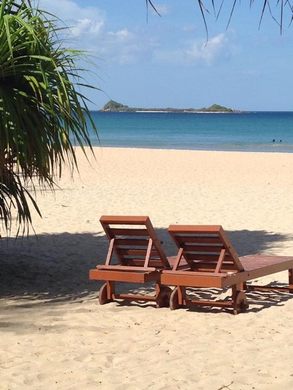

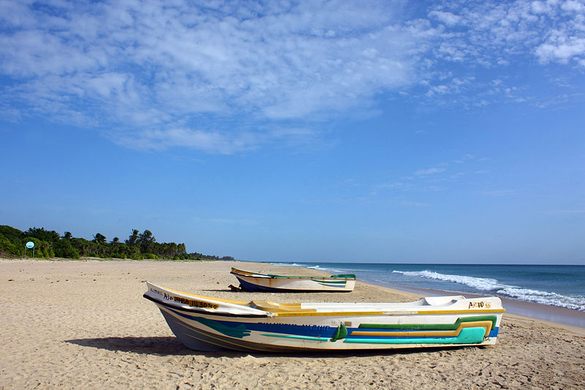


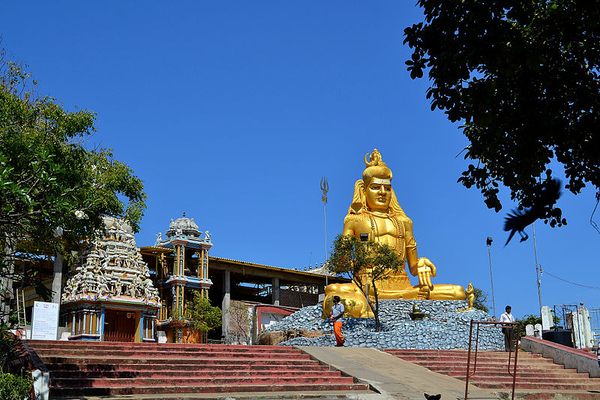

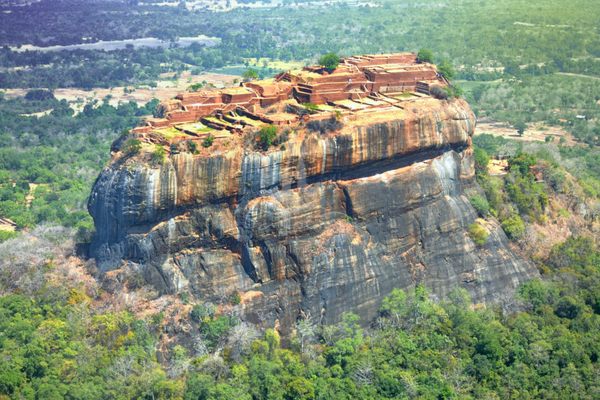

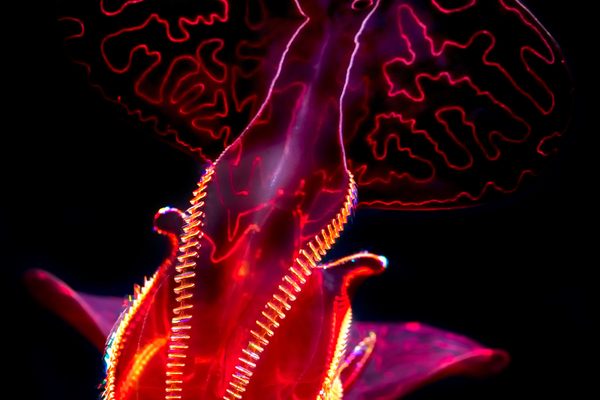

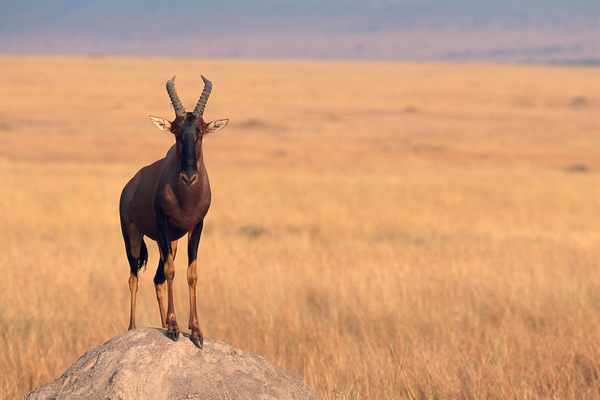
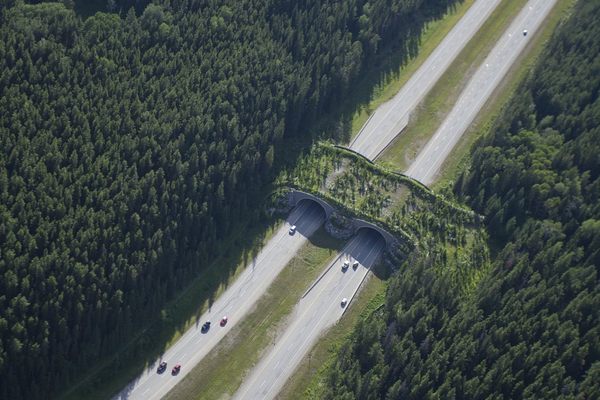

Follow us on Twitter to get the latest on the world's hidden wonders.
Like us on Facebook to get the latest on the world's hidden wonders.
Follow us on Twitter Like us on Facebook